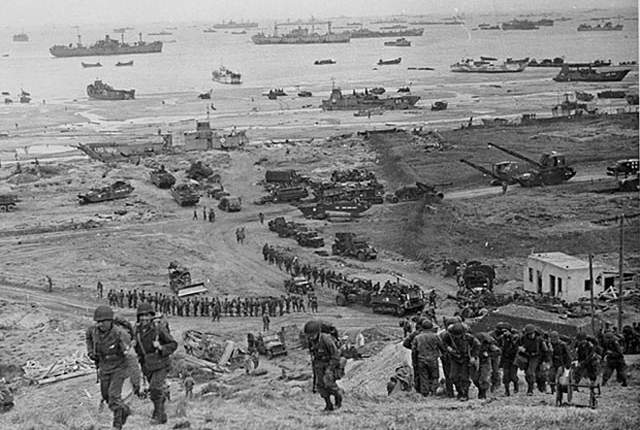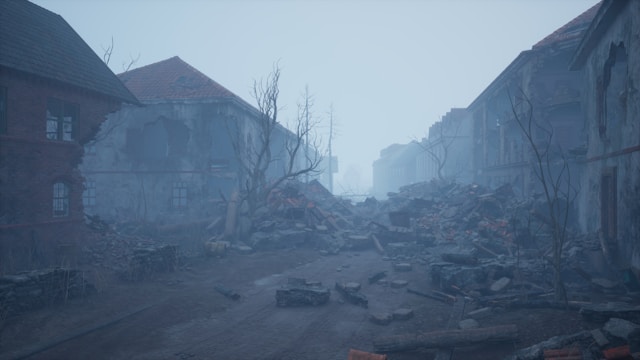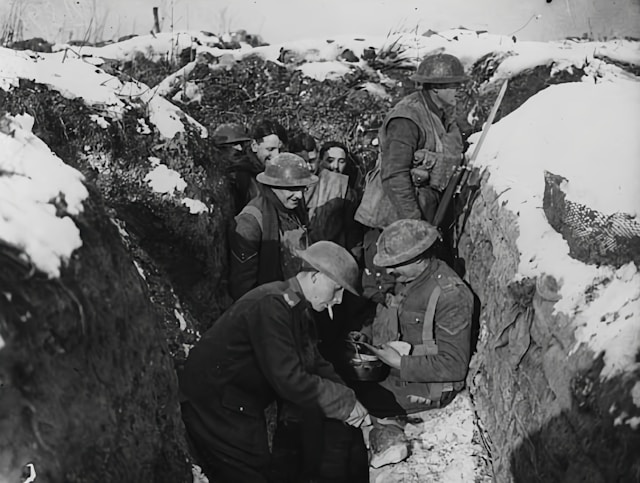Introduction: Nature as a Silent Casualty of War
We often picture historical battles as, you know, clashes between armies, sieges of fortresses, and the rise and fall of empires. But, I mean, have you ever thought about the silent, unseen casualty of these conflicts? I’m talking about nature itself. I’ve always been fascinated by how deeply interconnected human history is with the natural world, and, well, nowhere is this more apparent than in the environmental impacts of historical battles. Beyond the human toll, wars have profoundly altered landscapes, decimated wildlife populations, and disrupted ecosystems—sometimes irreversibly.

The Immediate Impact: Battlefields as Zones of Destruction
When we look at the immediate aftermath of historical battles, the impact on the environment is, like, shockingly clear. Think about the massive physical destruction:
- Forests leveled for fortifications or to clear lines of sight.
- Fields churned into mud, destroying topsoil and making agriculture impossible.
- Rivers and water sources are often polluted by corpses, chemicals, and waste.
And it’s not just the visible damage. I mean, the very presence of large armies disrupts local wildlife. Constant noise, movement, and the hunting of animals for food create immediate wildlife disturbances from ancient military actions.
For example, let’s think about the environmental consequences of a medieval siege. The surrounding countryside would be stripped bare to feed the besieging army and their animals. Trees would be felled to build siege engines. This localized, intensive exploitation creates a zone of ecological devastation that extends way beyond the immediate battlefield. These are clear cases of war-induced habitat loss.

Long-Term Consequences: Centuries of Ecological Change
The impacts of historical battles aren’t always confined to the immediate timeframe of the conflict. Sometimes, the effects linger for decades, centuries, or even millennia. Here’s what decades, or centuries, of ecological changes look like:
- Altered Vegetation Patterns: In some cases, the intense destruction of vegetation during battles can lead to long-term changes in plant communities. The study of vegetation recovery post-historical warfare shows that some areas never fully return to their pre-war state.
- Habitat Fragmentation: The construction of fortifications, roads, and camps during historical battles can fragment habitats, isolating populations of plants and animals. This can lead to reduced genetic diversity and increased vulnerability to disease or environmental change.
- Introduction of Invasive Species: Armies on the move, often inadvertently (or sometimes deliberately!), introduce non-native plants and animals.
- Soil Degradation and Erosion: The destruction of vegetation cover and the compaction of soil during battles can lead to severe soil degradation and erosion. This can have long-lasting impacts on agriculture and the ability of ecosystems to recover.
Consider the long-term ecological effects of medieval battles in Europe. Repeated conflicts in certain regions led to widespread deforestation, soil erosion, and changes in agricultural practices. These changes, compounded over centuries, shaped the landscapes we see today.
Case Studies: Where War Changed the Landscape
Let’s take a look at some specific instances that show how ancient wars have altered natural biodiversity:
- The Siege of Tyre (332 BC): So, Alexander the Great’s siege of Tyre involved building a massive causeway to reach the island city. This causeway permanently altered the coastline, changing water currents and sediment deposition patterns, which directly impacted marine life and coastal ecosystems.
- The American Civil War (1861-1865): The sheer scale of the battles, like Gettysburg or Shiloh, resulted in vast tracts of forest being destroyed for fuel, fortifications, and to clear fields of fire. This, combined with the widespread foraging and movement of troops, significantly impacted wildlife populations and altered forest composition.
- Environmental impacts of the World Wars on forests. The scale of destruction was unprecedented—and not just from battles.
The World Wars: A Turning Point in Environmental Warfare?
The two World Wars represent a pretty grim milestone in the relationship between warfare and the environment. The scale and intensity of these historical battles, combined with new technologies, led to unprecedented levels of ecological destruction. The environmental impacts of the World Wars on forests, for example, were massive.
- Trench Warfare: The vast network of trenches dug during World War I created a landscape of unparalleled destruction. I mean, this, combined with artillery bombardments, left behind a scarred and poisoned landscape.
- Chemical Warfare: The use of chemical weapons during World War I contaminated soil and water, with long-term consequences for ecosystems and human health.
- Industrial-Scale Resource Extraction: The war effort required vast amounts of timber, minerals, and other resources, leading to widespread deforestation and mining—often with little regard for environmental consequences.
- Bombing Campaigns: The widespread aerial bombing campaigns of World War II caused massive destruction of forests, agricultural land, and urban areas, with devastating consequences for biodiversity.

Lasting Scars and the Future of Conservation
What can we learn from looking at how historical battles have impacted biodiversity? Well, for me, it underscores the importance of considering the environmental consequences of conflict, both in the past and in the present. Many former battlefields are now sites of conservation issues stemming from historical battle sites.
- Historical Ecology: Studying the military environmental impact of past conflicts can provide valuable insights into how ecosystems respond to large-scale disturbances. This is a field known as historical ecology.
- Conservation Challenges: Former battlefields often present unique conservation challenges, from dealing with unexploded ordnance to restoring degraded habitats.
- Remembering the Silent Victims: It’s important to remember that war’s impact extends way beyond the human realm. By acknowledging the environmental costs of conflict, we can strive to prevent such devastation in the future.
So, the intersection of historical military strategies and environmental harm is a complex but fascinating area of study. By exploring the past, we can gain a deeper understanding of the long-term consequences of conflict and work towards a more sustainable future. What other relationships between military campaigns and environmental degradation do you think are important to explore? I’m always keen to learn more and deepen my understanding of these, like, really complex interactions.
